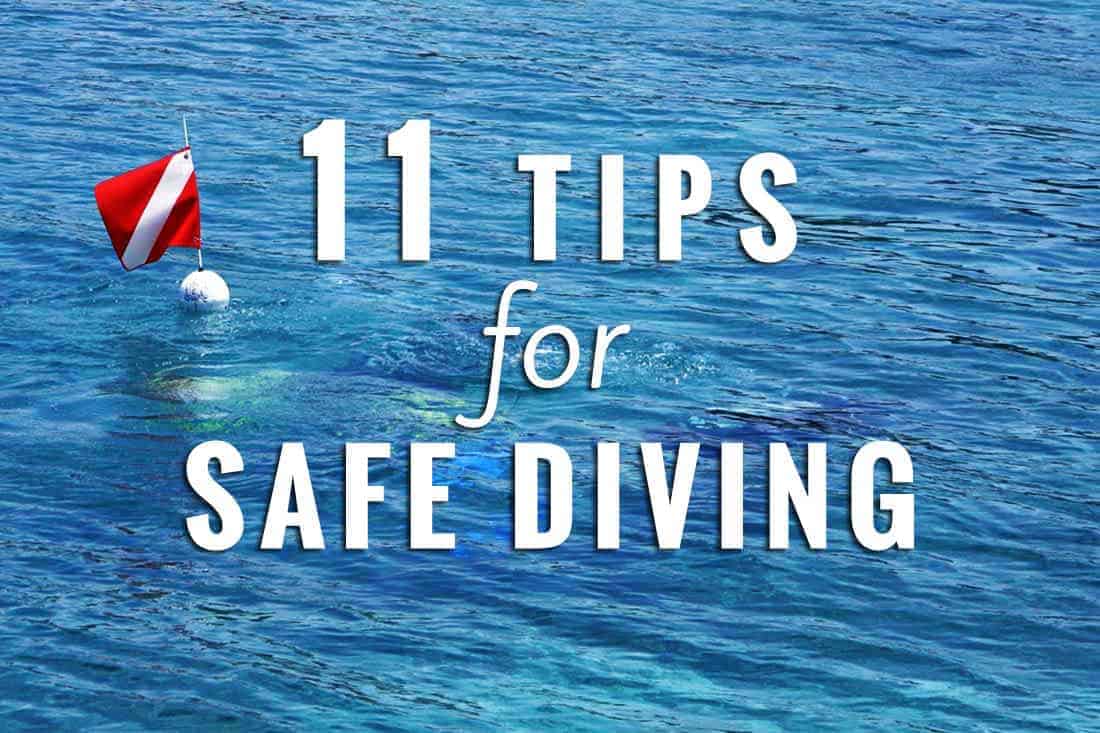
- Plan, plan, plan.
You’ve heard it before and I’ll say it again: plan the dive, and dive the plan. Planning a dive is vital when it comes to safety. Although this is particularly important for difficult or deep dives, it still applies to every dive that you do.
- Verify the safety of your equipment.
Check your equipment a week before you plan to dive. Make sure everything has been serviced and maintained properly. Remember to check the batteries for your dive computer and underwater torch. When you arrive at your destination and are ready to kit up, you need to check that your equipment is working properly. If you are diving with a buddy, then check his equipment too and ask him to check all your gear as well.
- Test new equipment in a controlled environment
It’s natural to be excited to test out a new piece of equipment. However, in the interests of safety it is always best to first test new equipment in controlled conditions. Your best option is to test it in a swimming pool. If that is not possible, then make sure that you use it during an easy shallow dive first. You don’t want to have to struggle with new equipment on a deeper dive.
- Make sure you are ready to dive.
In addition to your equipment, your body needs to be ready to dive. If you are feeling ill or otherwise unprepared to dive: listen to the messages that your body is sending you. It’s more important to miss a dive because you’re not feeling up to it, than it is to take risks.
- Find out about the current conditions (no pun intended!)
Before you dive you need to have an accurate assessment of the sea conditions. The surface conditions might affect the safety of boat launches, apart from anything else. The water temperature is important because that will determine what type of wetsuit to wear. Being too cold or too hot when you dive will be uncomfortable and might compromise your safety. Find out what the underwater conditions are. If there is extremely poor visibility, very strong currents, or other potentially problematic conditions then it might be safer to postpone the dive to another day.
- Dive within your limits
Under no circumstances should you dive beyond your limits. If you are only qualified to dive to a certain depth, then ensure that the dive plan does not exceed that depth. This also applies to specialized diving that requires additional certification. Do no attempt something like cave diving unless you have qualified by completing the relevant certification. There is no place for ego or bravado here.
- An alert diver is a safe diver
There is a reason why divers are cautioned not to drink alcohol for 24 hours before diving. You don’t want to have alcohol in your system when you dive because you need to be alert. If you are feeling hungover or very tired, it is not advisable to dive. You need to be alert and focused in order to dive safely.
- Consult your gauges regularly
This might sound obvious but you’ll be surprised how many accidents occur because divers don’t adhere to this basic rule. If you are diving with a buddy, then let him know when you reach half your tank, and again when you reach your reserve. You and your buddy should from time to time ask each other how much air the other has left.
- Know the dive signals
Marine life enthusiasts often get excited about learning the signals for different species. However, the most important hand signals are those pertaining to safety. Make sure that both you and your buddy understand a comprehensive array of signals. Not being able to convey messages accurately and understand each other underwater poses a potential safety risk.
- Avoid colliding with a boat
Make sure that you always carry a marker buoy with you. Do not assume that boats can see you! Plan your ascent so that it is as close to your boat as possible. When you do your safety stop, make sure that you are at the recommended depth. If you don’t control your depth and buoyancy properly then you run the risk of doing your safety stop at propeller depth. (True story.)
- Take responsibility
Even if you are diving with a buddy or even a team, you need to take responsibility for your own safety. It is up to you to ensure that you follow everything that you have learnt about safe diving. In this way you will avoid endangering yourself, or the other divers accompanying you on the dive.
Source: https://www.divein.com/articles/11-tips-for-safe-diving/

Load more comments